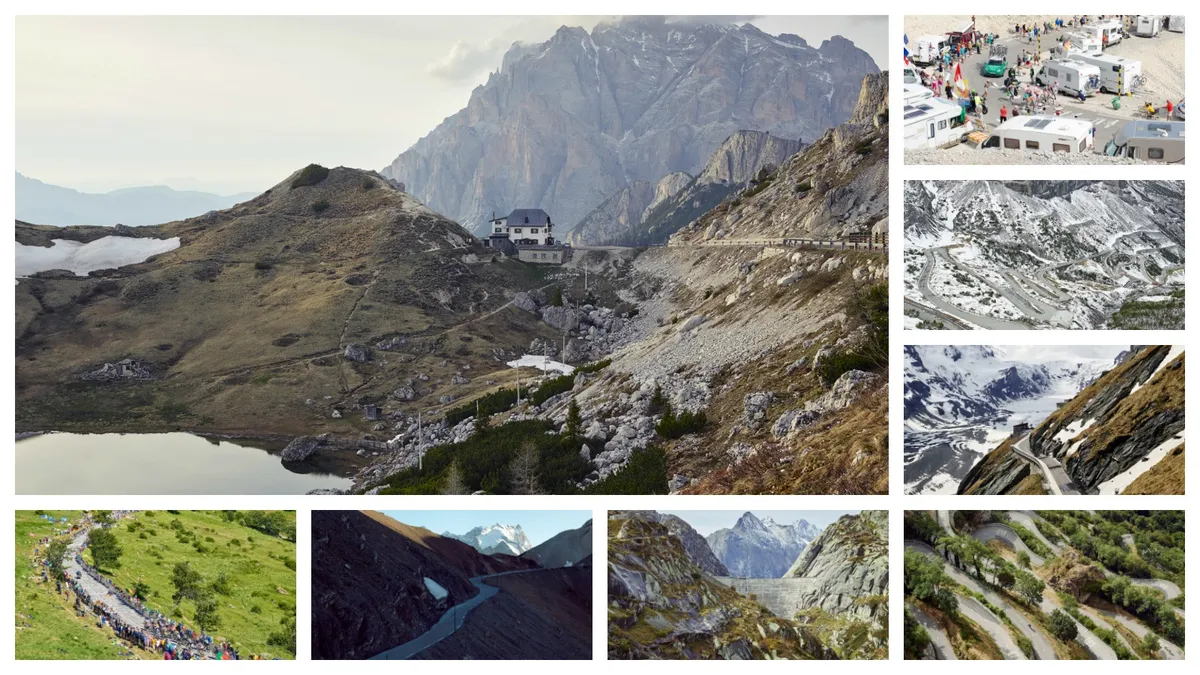There’s no shortage of beautiful mountains to climb by bike in Europe, but only a few that are elevated to global renown by famous races like Le Tour de France, Giro d’Italia and La Vuelta de España. From Italy’s Stelvio Pass with it’s dizzying hairpins to Majorca’s fearsome Sa Calobra or the French ‘giant of Provence’, Mont Ventoux, these are the climbs that get under the skin and into the heart.
- How to become a hill climbing star
- 6 ways to pedal like a pro
- Cycling fitness: 25 top tips to be a fitter rider
Photographer Michael Blann has spent three years documenting the relationship between the sport of road cycling and the mountain climbs which feature in the grand tours — and a few that do not — and has now brought together the highlights for a new hardback book.
“Most of the cycling photography I had witnessed tended to focus on the action, shot from a motorbike at the roadside. As a photographer I have always had a tendency to shoot from afar,” Blann said. “This detachment brings quietness to the event and encourages deep introspection, which in turn is reflected in the final image.”
The book Mountains: Epic Cycling Climbs also includes essays by famous former and current pro cyclists, like Romain Bardet, Greg LeMond, Geraint Thomas and Lizzie Armitstead. The book is on sale now from www.michaelblann.com/shop for £34.95 (about $45).
1. Alpe d’Huez, France (1,860m at highest point)
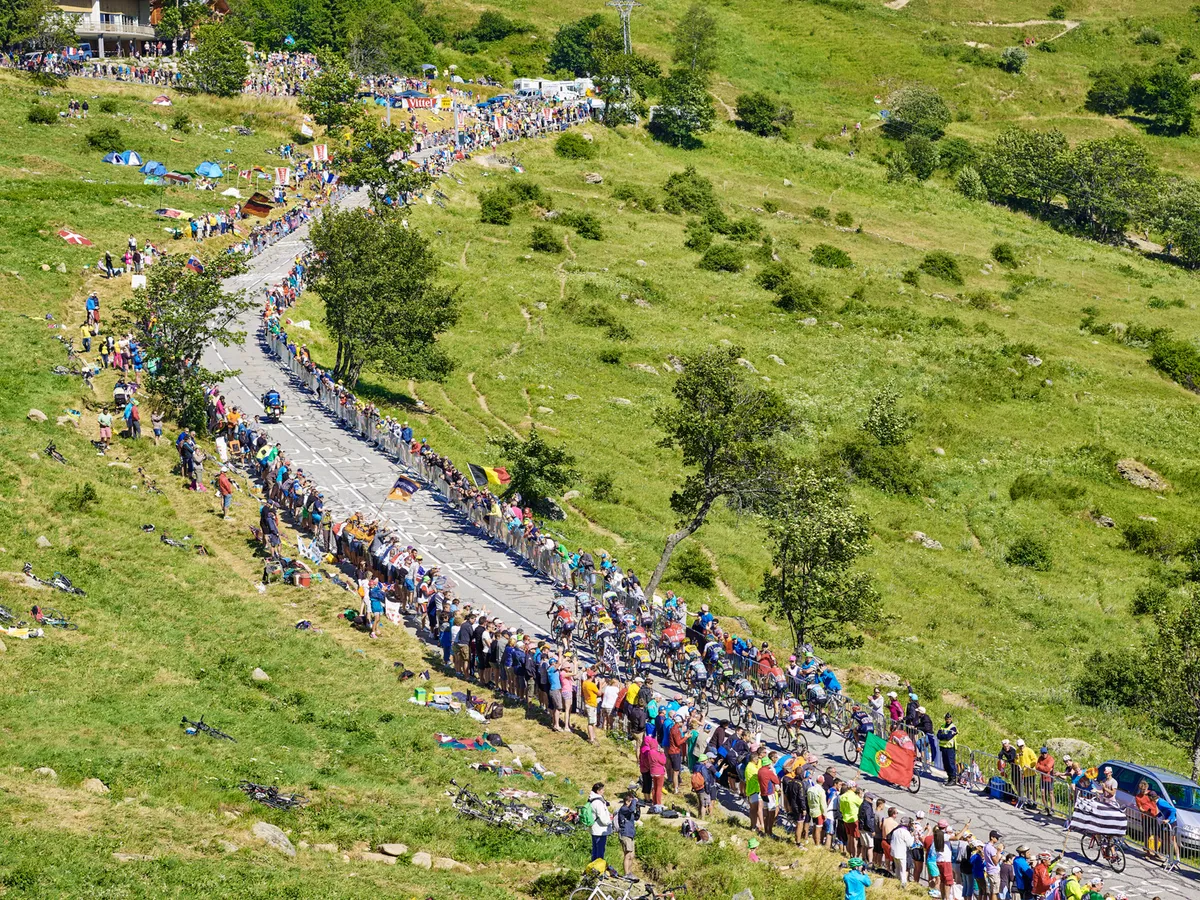
Arguably the most iconic climb in the Tour de France, Alpe d’Huez has seen many epic battles over the years. It has also seen many epic parties over the years as massive crowds flock to its 21 switchbacks. The climb is 13.8km long, with an average graident of 8.1%.
“As a climb it may not be the toughest, and it’s probably rated ‘hors catégories’ only because the race finishes there, but during the Tour [de France] it becomes like the World Championships for climbers,” writes former pro Andy Hampsten, who won there on the ’92 Tour.
2. Col du Galibier, France (2,646m at highest point)
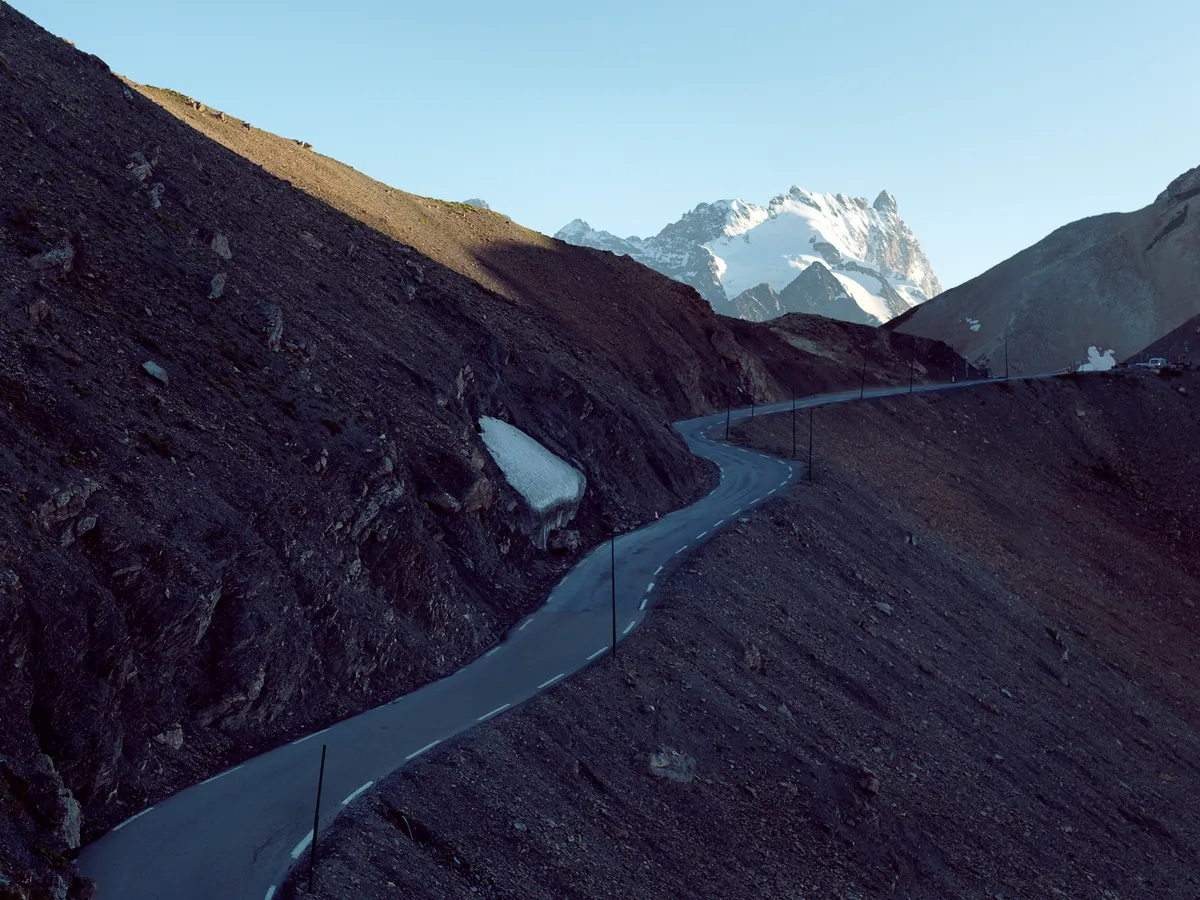
Framed by the jagged peaks of the Dauphiné Alps, the famous Col du Galibier makes all other climbs look like “gnat’s piss”, according to Henry Desgrange, founder of the Tour de France.
3. Grimsel Pass, Switzerland (2,165m at highest point)
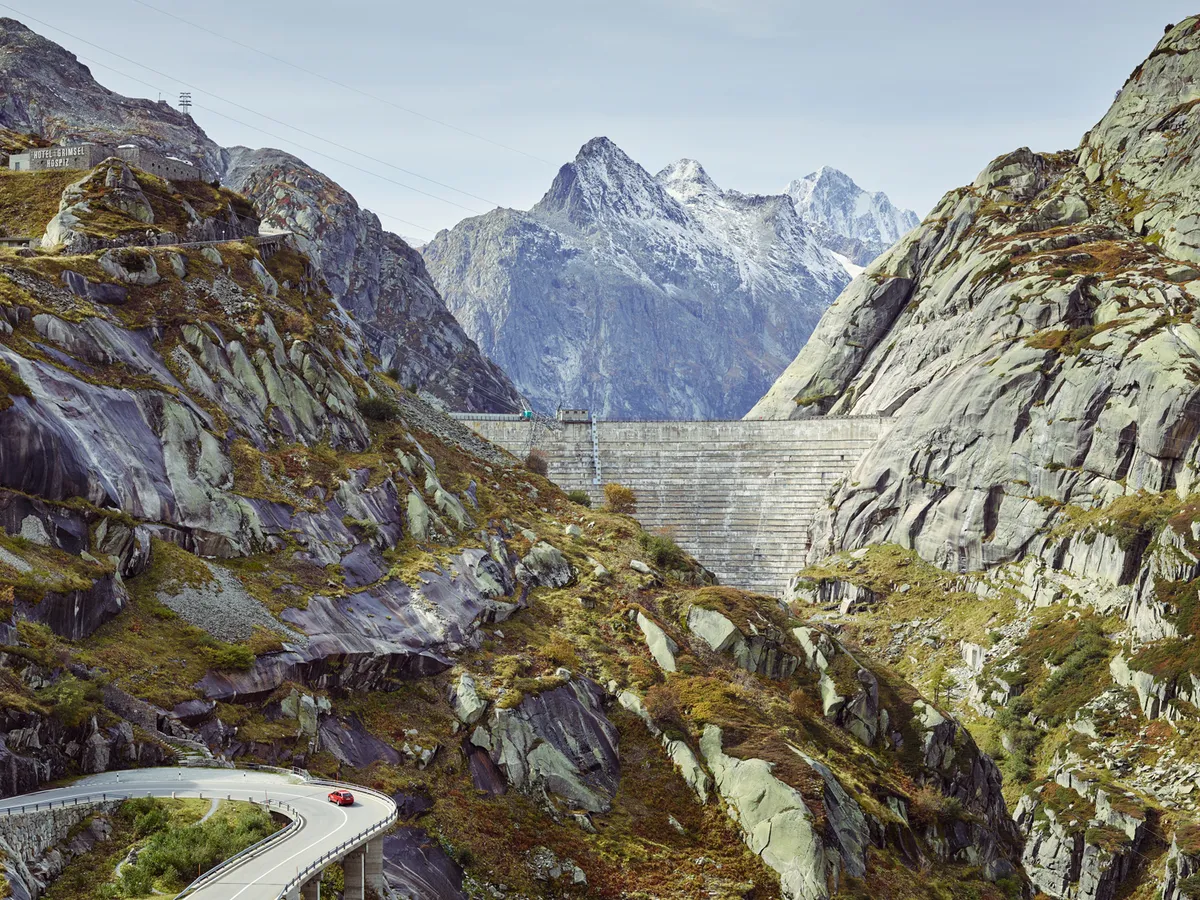
The Grimsel Pass winds through granite mountains past two huge reservoirs, and is often closed between October and May, due to high snowfall. Snowploughs keep it open as long as possible though. It often features in the Tour de Suisse.
4. Puig Major, Majorca (1,445m at highest point)
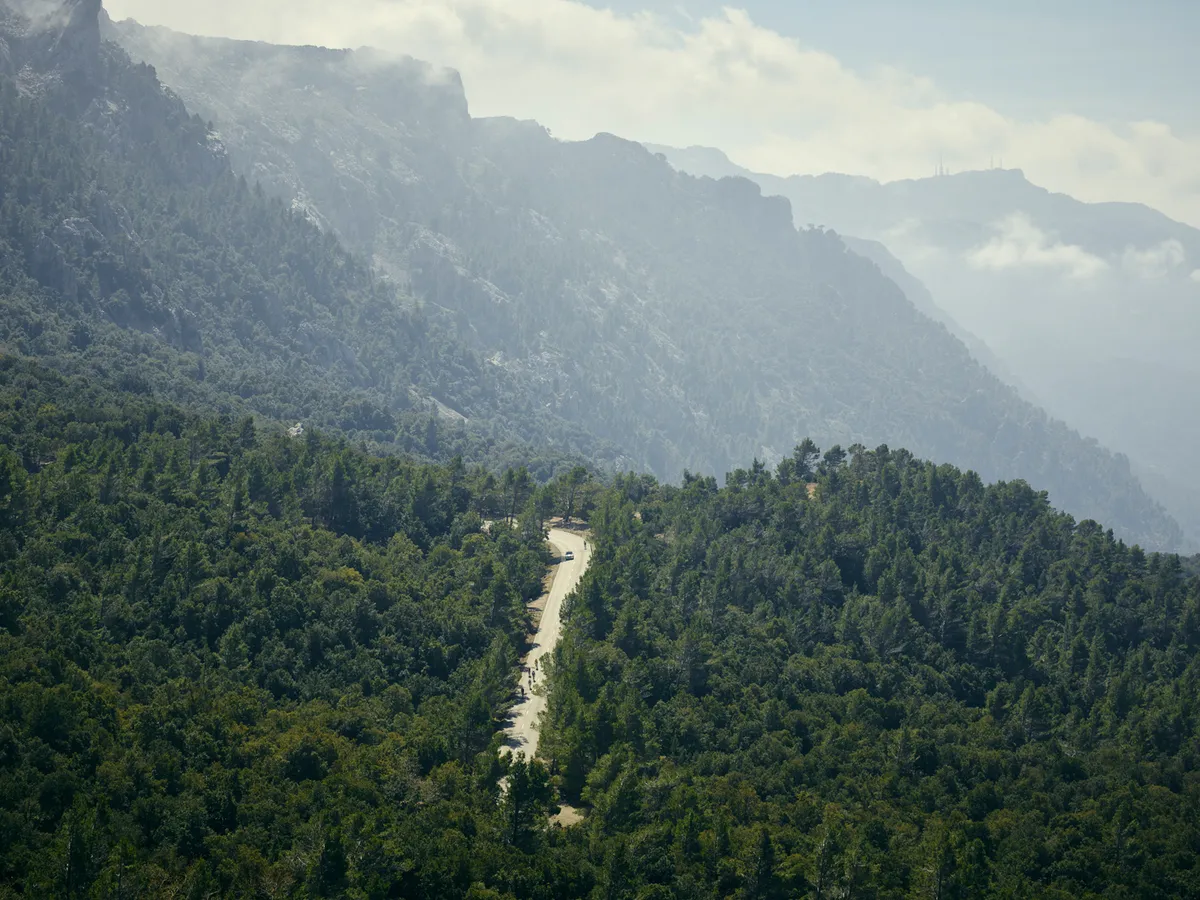
As the highest point on the island, Puig Major forms part of the Serra de Tramontana mountain range which extends across the north of Majorca. It’s often used in the Trofeo Serra de Tramontana early season race, and also features in the popular ‘Majorca 312’ international sportive. It begins somewhere near sea level, lasts more than 14km, and averages around 6% gradient.
5. Mount Teide, Tenerife (2,190m at highest point)
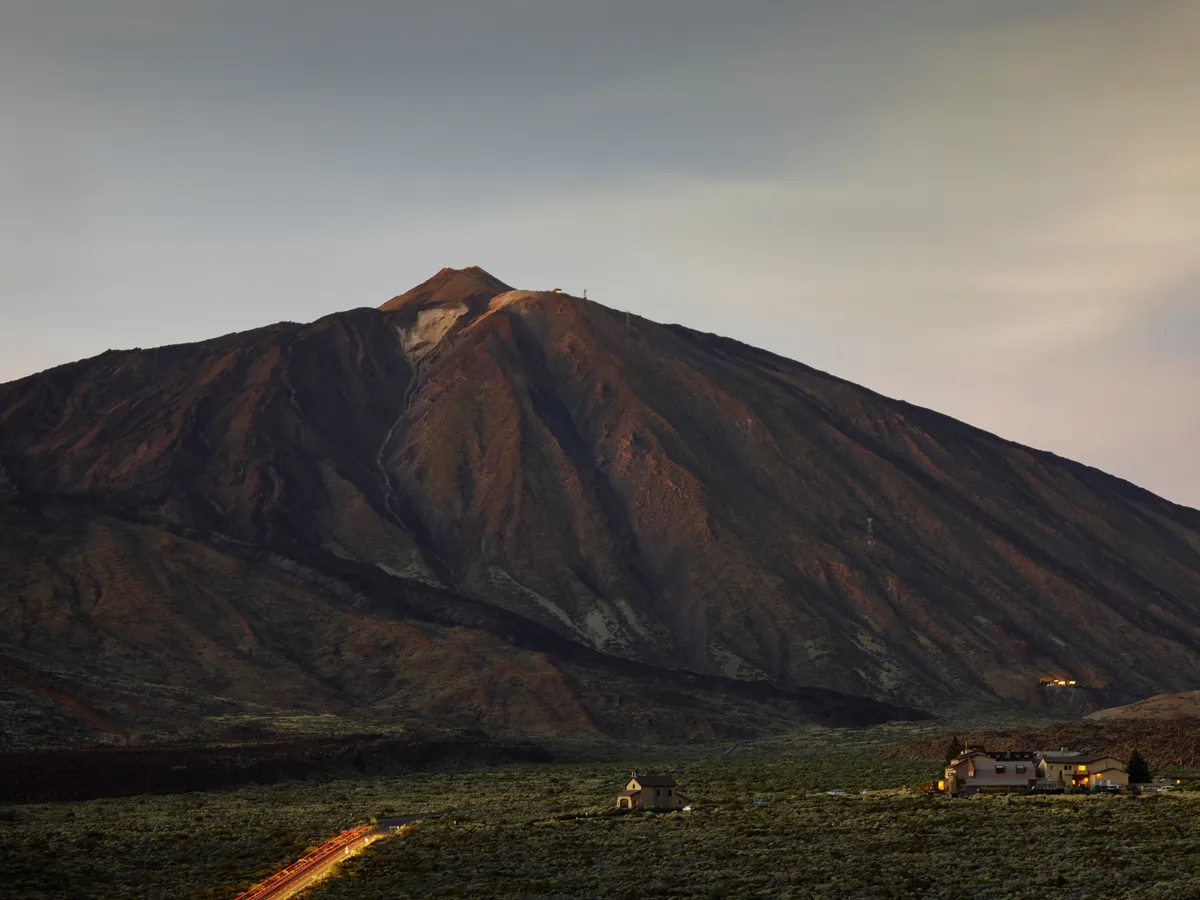
The highest peak in Spain won’t be found in the Pyrenees or Andalusia, but in the Canary Islands. Mount Teide is an active volcano that rises 3,718m above sea level, and is a brute of a climb that attracts top pros including Team Sky.
“Teide is barren; it’s like the moon,” says Shane Sutton, former head coach at Team Sky. “At the top there’s nothing except a twisted, volcanic landscape, but towards the bottom it’s nicely tree-lined and the views are breathtaking. As mountains go it’s almost unique: there are very few places where you can ride from sea level to 2,100m in one go.”
6. Passo Valparola, Italy (2,168m at highest point)
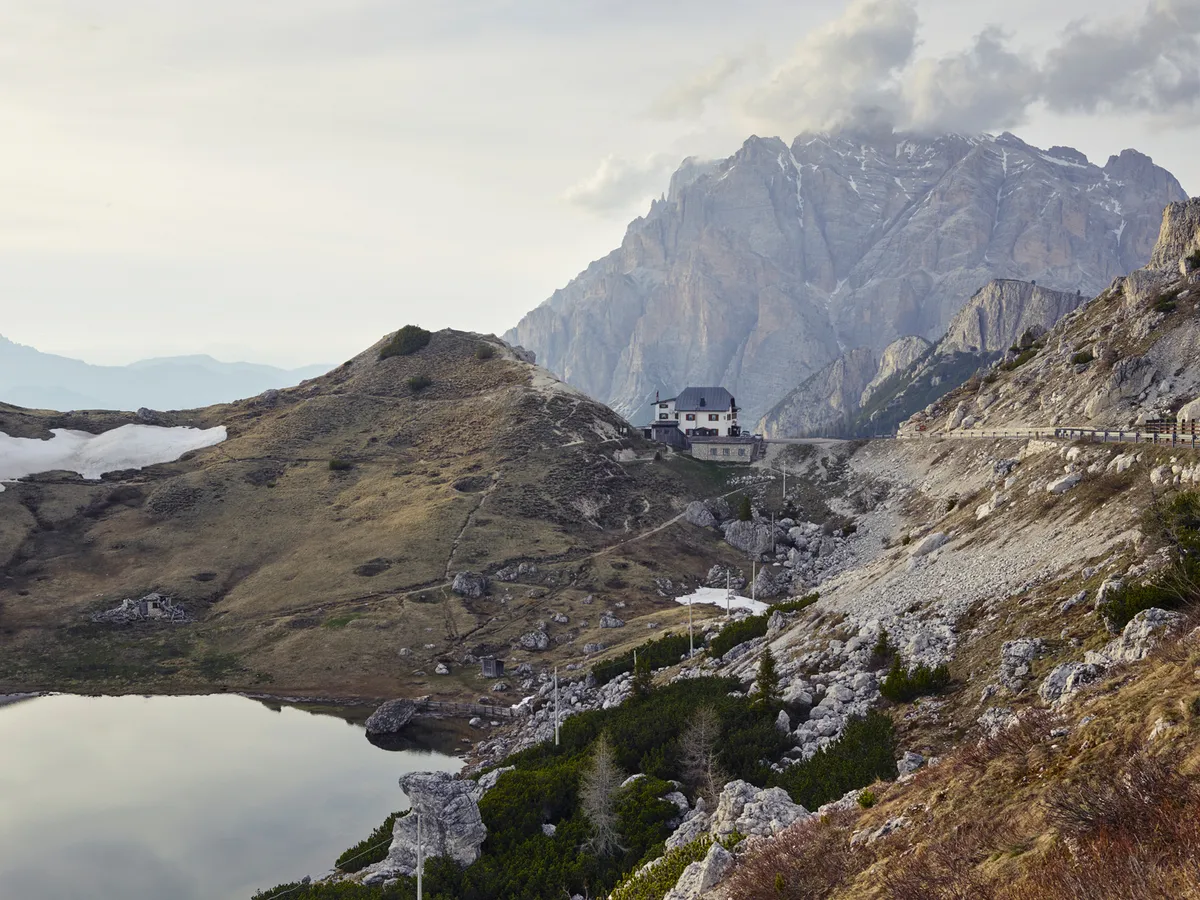
Valparola often features as the last pass in the Maratona does Dolomites single-day race. With an average gradient of 6.7% that ramps up to 15% in places, it lasts around 13km and gives stunning views over the Dolomites.
7. Sa Calobra, Majorca (782m at highest point)
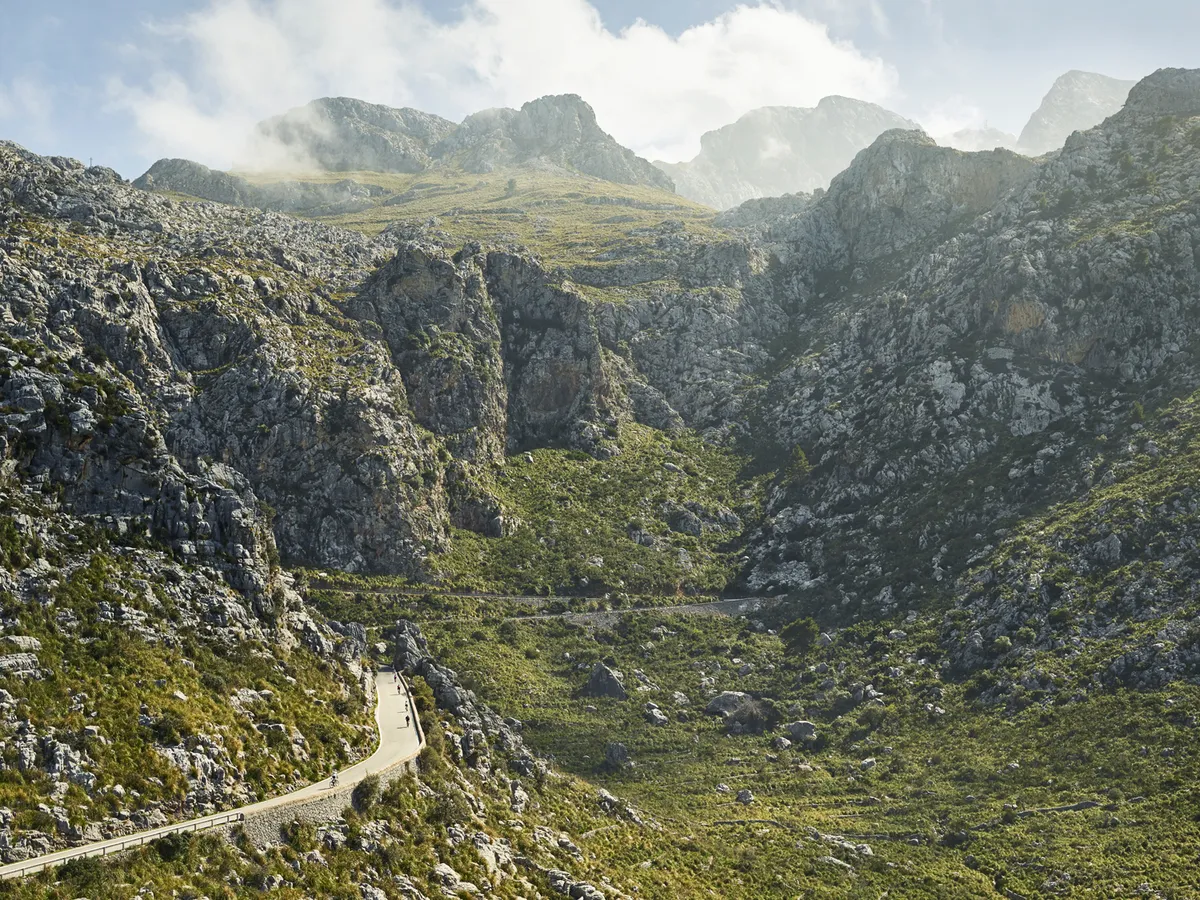
It may not be the highest summit on this list, but Sa Calobra is a mecca for pros and amateurs alike, wanting to log some winter miles in the sun. Named after the port village at its base, this 10km climb combines tight hairpins and narrow roads with stunning views and an average 7.1% gradient.
8. Passo Stelvio, Italy (2,757m at highest point)

Featuring a whopping 48 hairpin bends between Prato and the mountain’s summit, the Stelvio pass takes riders through mountain tunnels and up harsh gradients. During the last 5km, you’re riding at more than 2,000m above sea level, making your breathing more laboured.
“The Stelio is a symbol of the Italian Alps and has a magical appeal to cyclists,” says former pro Ivan Basso. “It’s a bucket-list climb that has to be done and experienced, but it’s brutal. Its altitude, length and gradient make it one of the hardest climbs there is.”
9. Mont Ventoux, France (1,617m at highest point)
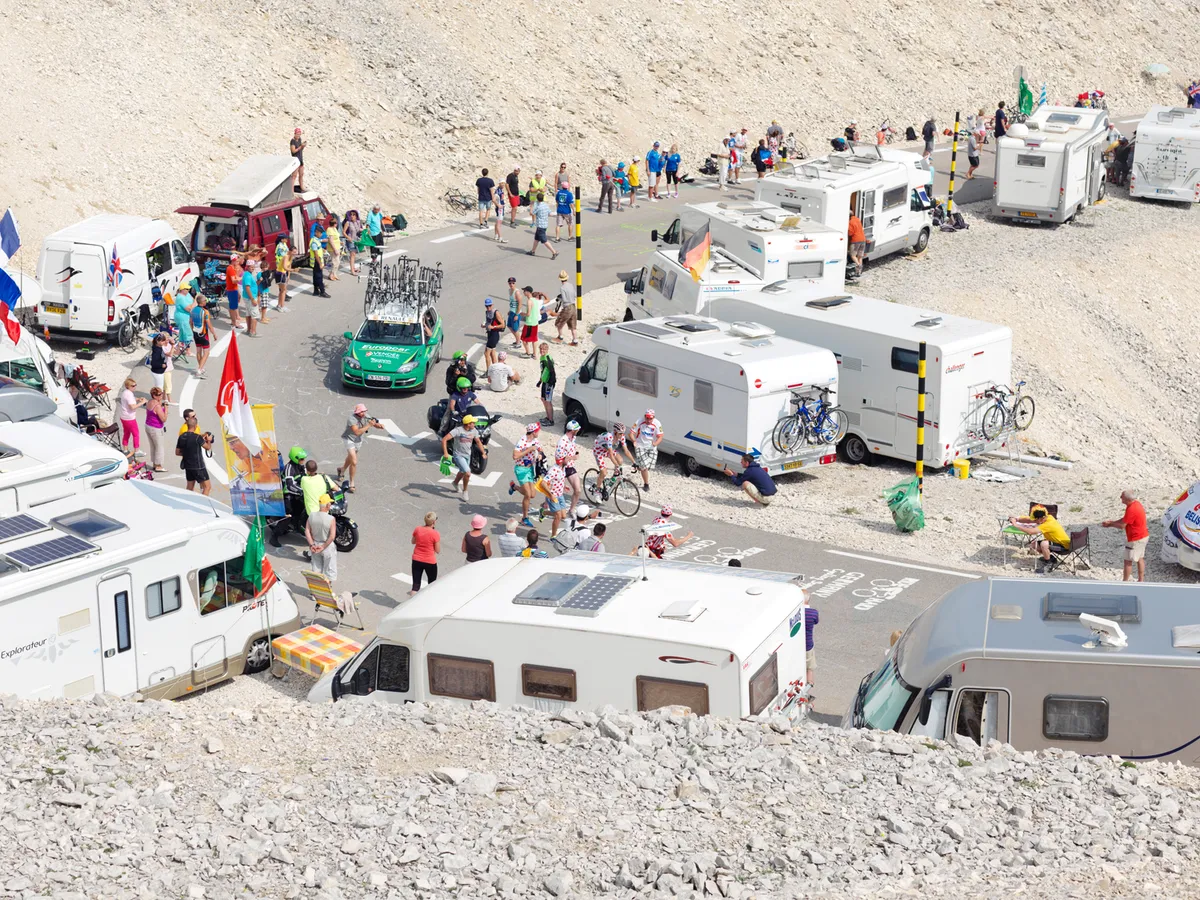
Known as the ‘Giant of Provence’ due to the way it towers far above the surrounding land, Mont Ventoux is regularly visited by big races including the Tour de France, Critérium du Dauphiné and Paris-Nice. The summit was completely stripped bare of trees by shipbuilders many years ago, and is now little more than limestone scree, which offers zero protection from the strong winds and intense summer sun.
10. Grossglockner, Austria (2,556m at highest point)
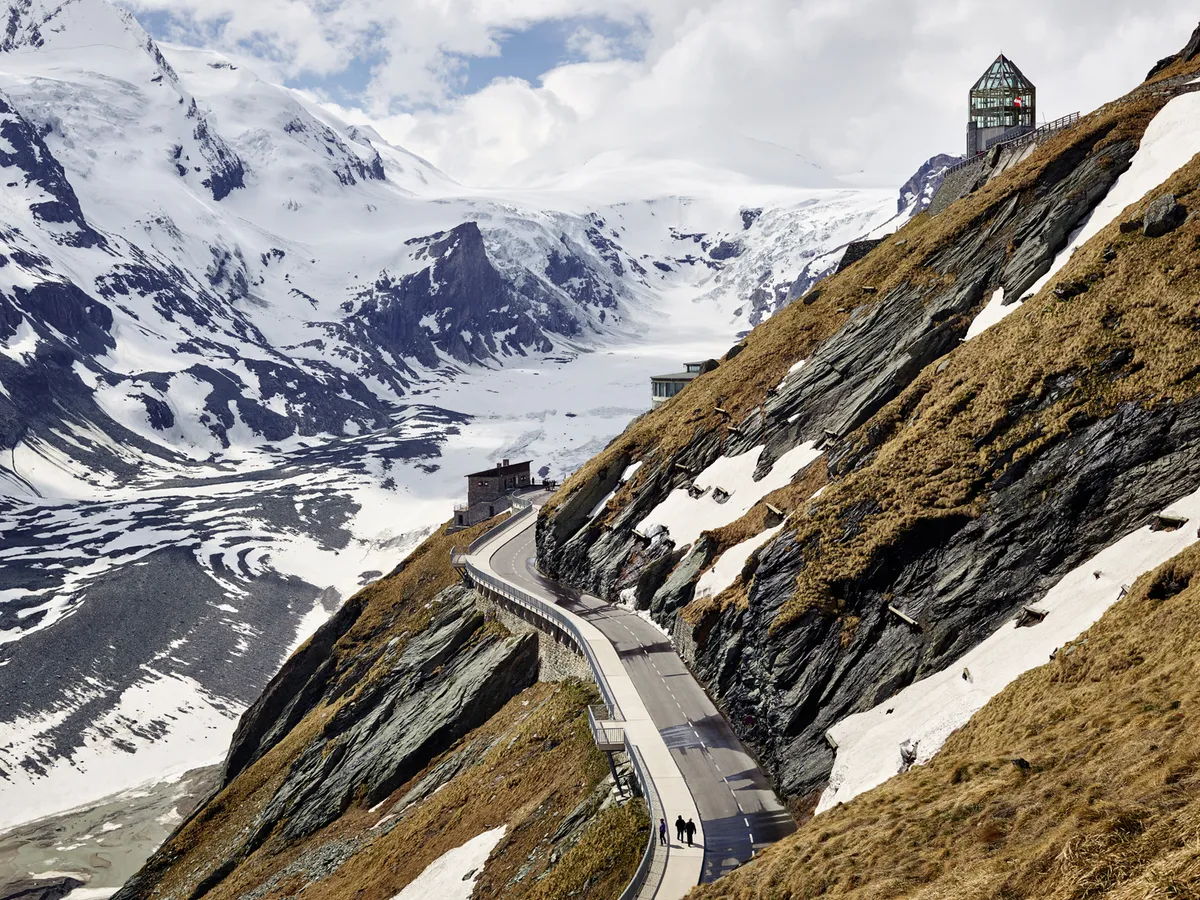
The highest climb on our list is found in Austria, and features a mix of challenges, including hairpins and cobbles. Due to its location in East Tyrol, it rarely features in any races other than the Tour of Austria. However, anyone making the effort to get up there will be rewarded with rugged beauty in spades.
11. Lacets de Montvernier, France (782m at highest point)

Sometimes described as an Alpine Scaletrix, this climb first appeared in the 2015 Tour de France With eighteen hairpins that switch back every 150m or so on its way up, it’s easy to see why the name in French means ‘the shoelaces of Montvernier’. Another iconic climb in the northern French Alps.
